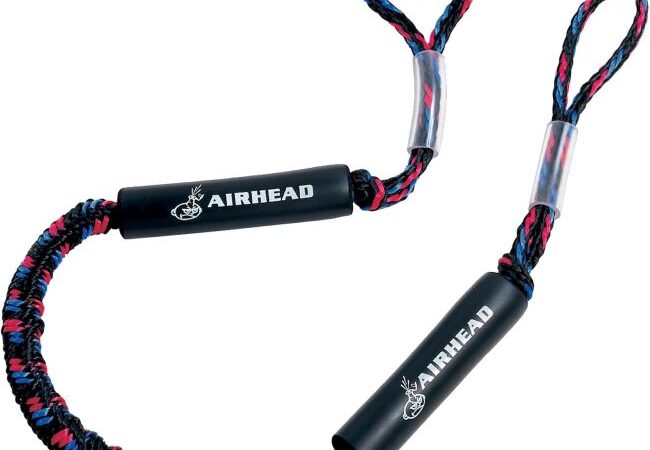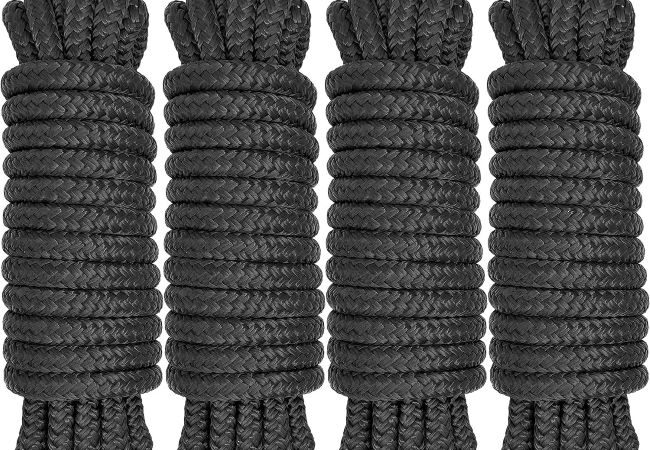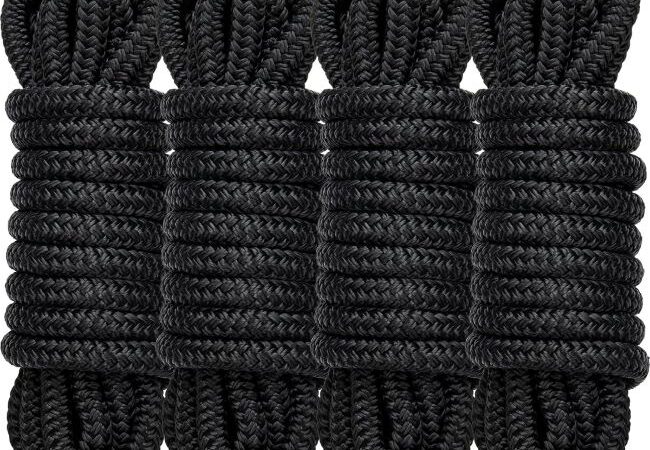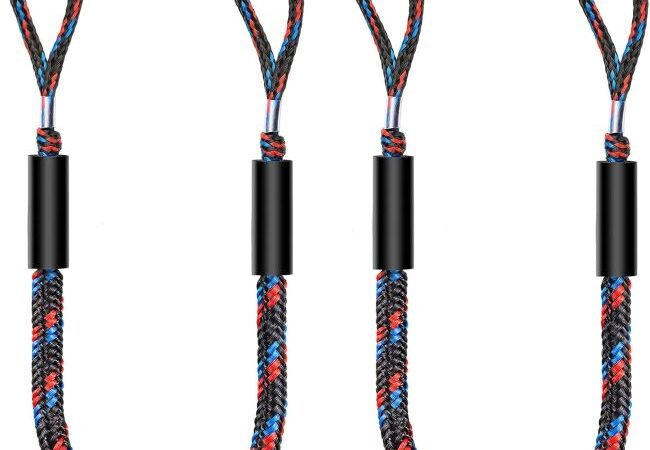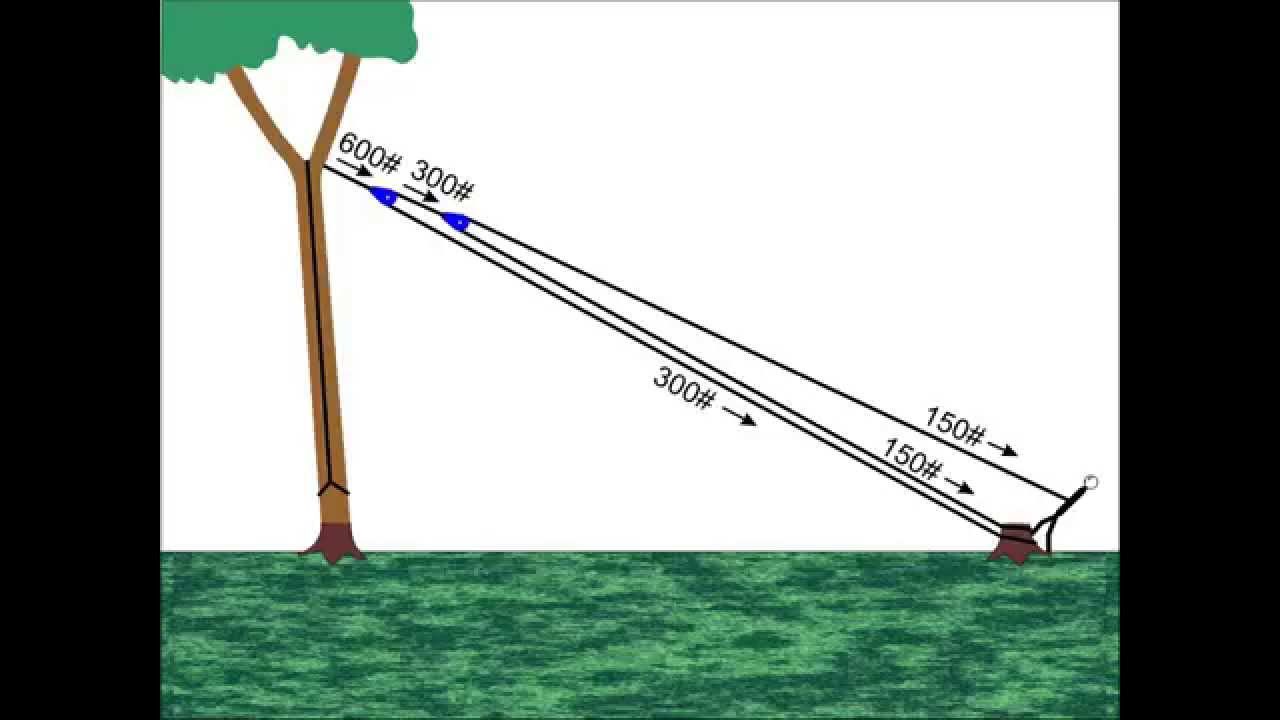
Rope to Pull down Trees: Essential Arborist Gear
A rope to pull down trees is a tool used in directional tree felling. It ensures control over the tree’s fall direction for safety and precision.
Contents at a Glance
ToggleTree removal often requires more than just cutting; it’s about controlling the fall to prevent damage and injury. A rope specifically designed for tree work is essential for arborists and those involved in forestry. These ropes are strong, durable, and capable of withstanding the immense forces involved in pulling and guiding trees to the ground.
Selecting the right rope is crucial for the efficiency and safety of the task. It involves understanding the type of tree, its weight, and the surrounding environment. Whether you’re a professional logger or a homeowner dealing with a potentially hazardous tree, the right rope can make all the difference. It’s a blend of the right technique and equipment that ensures successful and safe tree removal.

Credit: www.youtube.com
Introduction To Arborist Techniques
Arborists use special skills to care for trees. They climb, trim, and treat trees to keep them healthy. To do this, they need the right tools. One key tool is a rope. A rope helps arborists pull down trees safely.
Rope’s Role In Arboriculture
Ropes are vital in tree work. They help control how a tree falls. This keeps people and property safe. Ropes also help arborists move up and down trees. Good ropes are strong and durable. They can handle heavy loads and last a long time.
Uses of ropes in tree work:
- Supporting: Ropes hold branches while arborists cut them.
- Lowering: Ropes gently lower cut branches to the ground.
- Climbing: Arborists use ropes to reach high places.
- Directing: Ropes steer where a tree lands when it falls.
Safety And Efficiency In Tree Work
Safety comes first in tree work. Ropes play a big part in keeping everyone safe. They make sure trees do not fall the wrong way. They also help arborists avoid falls and injuries.
Safe rope practices include:
- Regular rope checks for damage or wear
- Using the right rope for each job
- Proper training in rope techniques
Efficiency means doing the job well and quickly. Ropes help with this too. They save time by making tasks easier. This means arborists can do more in less time.
Selecting The Right Rope
When it comes to pulling down trees safely, the rope is crucial. The right rope can mean the difference between a successful job and a dangerous situation. Selecting the right rope requires understanding material properties, diameter, and length.
Material Considerations
Rope material affects strength, flexibility, and weather resistance. Here are common types:
- Polypropylene: Lightweight and floats on water. Resists rot and mildew.
- Nylon: Strong and elastic. Good for dynamic loads.
- Polyester: Similar to nylon but less stretch. UV resistant.
- Manila: Natural fiber. Good grip but less durable in wet conditions.
Diameter And Length Requirements
Diameter and length are vital for tree pulling tasks. Consider:
| Tree Size | Rope Diameter | Rope Length |
|---|---|---|
| Small Trees | 1/2 inch | At least 100 feet |
| Medium Trees | 5/8 inch | At least 150 feet |
| Large Trees | 3/4 inch or more | 200 feet or more |
Match rope diameter and length to the tree size for best results. Ensure extra length for safety.
Rigging Systems For Tree Removal
Tree removal can be a challenging task. Rigging systems play a crucial role in safely bringing down large trees. These systems use ropes and other equipment to control the fall of the tree or its limbs. Let’s explore the basic and advanced configurations used in tree removal rigging systems.
Basic Rigging Configurations
Understanding the basics of rigging is essential for safe tree removal. Even the simplest systems can greatly reduce the risk of property damage or injury.
- Single Rope Technique (SRT): This method involves a single line fixed to the tree or limb, allowing for controlled lowering.
- Running Bowline: A loop knot that tightens under load, ideal for securing branches.
- Port-a-Wrap: A friction device that helps in controlling the descent of heavy wood pieces.
These configurations require basic knowledge and gear to execute properly.
Advanced Mechanical Advantage Systems
For larger projects, advanced systems offer increased control and efficiency.
- Compound Rigging: Multiple ropes and pulleys are used to distribute weight and reduce strain on any single point.
- 5:1 Mechanical Advantage System: This setup multiplies the force applied, making it easier to handle heavy loads.
- Block and Tackle: A series of pulleys combined to form a powerful lifting mechanism.
These systems often require specialized knowledge and experience to operate safely.
Proper training and equipment maintenance are vital for advanced rigging techniques.
Knots And Hitches For Arborists
Arborists use specific knots and hitches to manage trees safely. These techniques ensure strong, reliable rope attachments vital for effective tree pulling. Here, we explore the essential knots and hitches every arborist should master.
Common Arborist Knots
Arborists rely on several key knots for their daily tasks. Each knot serves a unique purpose, from securing ropes to creating anchor points.
- Bowline: Forms a secure loop that doesn’t tighten under load.
- Double Fisherman’s Knot: Used to join two ropes together securely.
- Prusik Knot: Slides when not loaded but grips firmly under tension.
- Figure Eight: A stopper knot that prevents the rope from running out.
Hitches For Secure Rope Attachment
Hitches are vital for attaching ropes to trees or other objects. They adjust easily and release quickly when needed.
- Clove Hitch: Simple and fast, ideal for attaching a rope to a post.
- Running Bowline: Creates a noose that tightens under load, perfect for pulling.
- Half Hitch: Often used in combination with other knots for extra security.
Each hitch has its specific application, ensuring safe and efficient work for arborists.
Pulleys And Hardware
Rope tree pulling requires more than just strength. The right pulleys and hardware turn a tough task into a smooth operation. In this section, we delve into the tools that make tree pulling efficient and safe.
Choosing The Right Pulleys
Pulleys are the heart of any rope tree pulling system. They reduce the effort needed and increase control. Here’s what to consider:
- Load Rating: Ensure the pulley can handle the weight of the tree.
- Sheave Diameter: A larger sheave reduces wear on the rope.
- Material: Steel pulleys offer durability, while aluminum is lighter.
- Compatibility: The pulley must fit your rope size and type.
Essential Rigging Hardware
Alongside pulleys, other hardware pieces are crucial. They secure the system and keep you safe. Here’s what you’ll need:
| Hardware | Function |
|---|---|
| Carabiners | Connect components and anchor points. |
| Swivels | Prevent rope twisting and tangling. |
| Slings | Wrap around tree limbs for secure attachment. |
| Snatch Blocks | Allow redirection of the rope for better pulling angles. |
Together, these tools enable a successful and safe tree pulling experience. Always ensure each piece is in top condition before use.

Credit: thesprucetunnel.wordpress.com
Climbing With Ropes
Climbing with ropes is an essential skill for safely pulling down trees. This technique allows climbers to reach high points, control their descent, and work efficiently. In the following sections, we explore the climbing techniques and safety gear needed for such tasks.
Climbing Techniques Using Ropes
Climbers use various techniques to scale trees. Each method requires skill and practice. Below are some common climbing techniques:
- Footlock: A method to climb the rope using feet.
- Body Thrust: A technique where climbers push up with their legs.
- Prusik: A knot that allows movement up or down a rope.
These techniques help climbers move up and down trees with ease. They also keep the rope secure during the climb.
Safety Gear For Climbers
Proper safety gear is critical for climbers. It protects them from falls and injuries. Here is the essential gear needed:
| Gear | Function |
|---|---|
| Harness | Secures climber to the rope |
| Helmet | Protects the head from impact |
| Gloves | Guards hands against rope burn |
| Climbing Boots | Provides grip and foot protection |
Always check gear before climbing. Wear all the necessary equipment to ensure safety.
Maintenance And Care Of Ropes
Maintenance and Care of Ropes is crucial for safety and longevity in tree pulling tasks. Proper practices ensure that ropes perform well and last longer. This section covers essential maintenance steps.
Cleaning And Storage Practices
Keeping ropes clean and properly stored is vital. Dirt and debris can damage rope fibers. Follow these steps:
- Wash ropes using mild soap and lukewarm water.
- Rinse thoroughly to remove all soap.
- Air dry ropes away from direct sunlight.
- Store ropes in a cool, dry place.
- Avoid hanging ropes where they can be damaged.
These practices help prevent material breakdown and extend rope life.
Inspecting Ropes For Damage
Regular inspections are key to detecting problems early. Look for these signs:
| Damage Type | What to Look For |
|---|---|
| Fraying | Loose or torn strands |
| Cuts | Deep slices in the rope |
| Abrasions | Surface wear from rough contact |
| Corrosion | Discoloration or stiffness in fibers |
Replace ropes showing signs of significant damage to ensure safety.
Legal And Environmental Considerations
Legal and Environmental Considerations play a crucial role when using a rope to pull down trees. It’s not just about the physical act of removing a tree, but also how it affects safety and the environment. Whether for landscaping, construction, or tree management, understanding these aspects ensures responsible tree removal. Let’s delve into the specifics.
Compliance With Safety Regulations
Safety is paramount when pulling down trees with ropes. Every region has rules to follow. These rules protect people and property. Before starting, check local guidelines. This could include wearing safety gear, securing the area, and notifying authorities.
- Wear helmets, gloves, and goggles for protection.
- Use ropes rated for the tree’s weight.
- Train in proper techniques to prevent accidents.
Minimizing Environmental Impact
Trees are vital for the ecosystem. Their removal must be thoughtful. Aim to protect nearby plants and wildlife. Also, consider the tree’s role in the environment before pulling it down.
| Action | Purpose |
|---|---|
| Check for nesting animals | Protect wildlife habitats |
| Choose the right season | Reduce impact on plant life cycles |
| Reuse or recycle wood | Prevent waste and support sustainability |
Proper planning and execution ensure a balance between human needs and nature’s well-being.
Case Studies
Exploring real-world examples offers valuable insights into the safe and effective use of ropes to pull down trees. This section delves into case studies highlighting both triumphs and lessons in tree removal operations. By examining these scenarios, we can understand the importance of expertise and caution in arboricultural practices.
Successful Tree Removal Operations
Expert teams often achieve success in safely removing trees. They plan every step carefully. Proper rope techniques are essential for these operations.
- Case 1: A large oak tree near a school was safely removed. Professionals used a three-rope system to control the fall.
- Case 2: In a residential area, a hazardous tree was dismantled piece by piece. Ropes were vital in guiding each section to the ground without damage.
Learning From Arborist Incidents
Not all operations go as planned. Studying mishaps helps improve safety measures. Arborists often share their experiences to prevent future incidents.
| Incident | Cause | Lesson Learned |
|---|---|---|
| Tree falls in the wrong direction | Incorrect rope placement | Always double-check rope angles |
| Rope breaks during operation | Old, worn-out equipment | Regularly inspect and replace ropes |
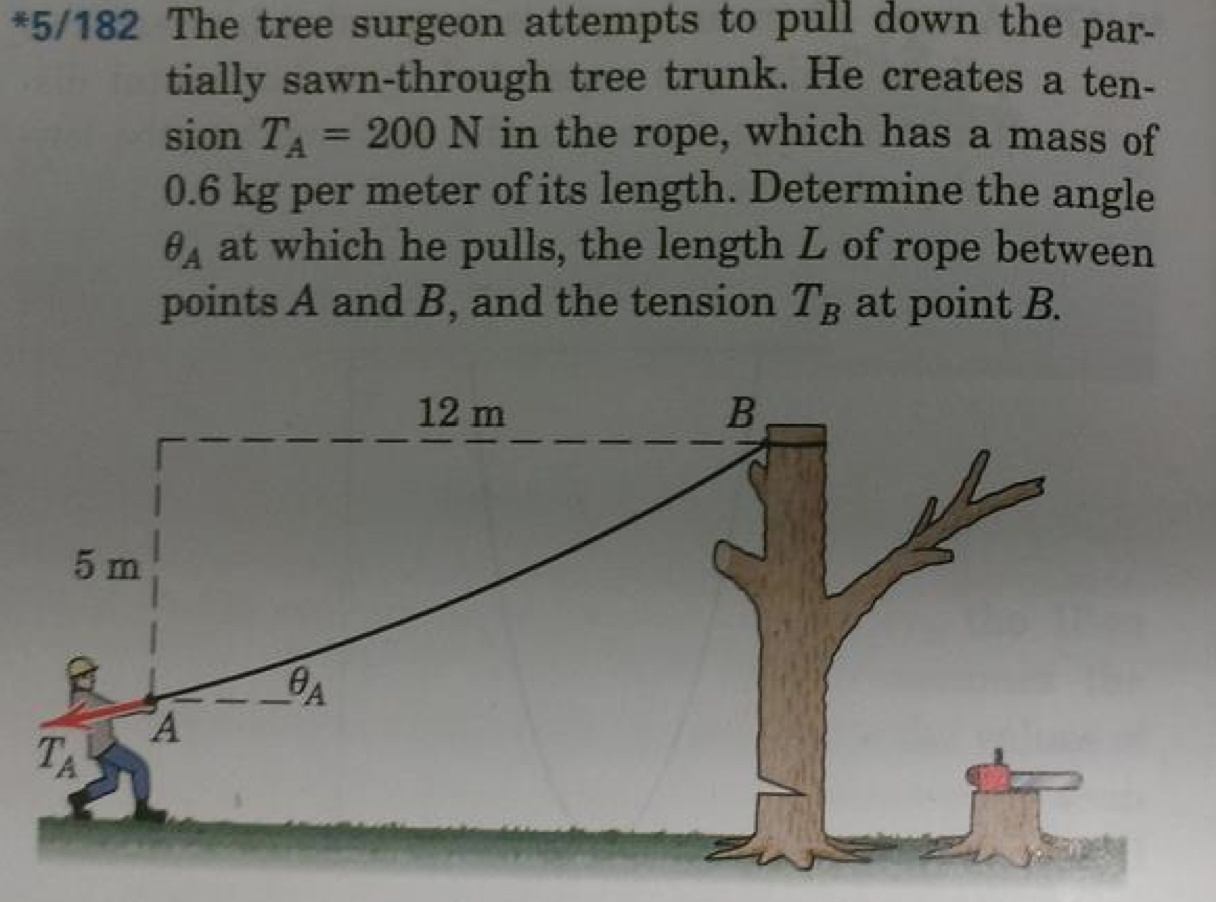
Credit: www.chegg.com
Future Innovations In Arborist Gear
Arborists are the heroes who keep our trees healthy and safe. Technology in tree care is always growing. Let’s explore some exciting future gear that will make pulling down trees safer, faster, and greener.
Emerging Technologies In Tree Work
Tree work is set to change with new tools and machines. Smart ropes that alert users to wear and tear are in development. Drones may soon help to inspect and even trim hard-to-reach branches. This gear will make tree work safer and more efficient.
- Smart Ropes: Sensors detect damage or stress.
- Drones: Quick aerial assessments and trimming.
- Robotic Arms: Precision cutting from the ground.
Sustainable Practices And Gear
Eco-friendly gear is the future of arboriculture. Companies are inventing biodegradable ropes and harnesses. Solar-powered equipment is on the rise, reducing the carbon footprint of tree work.
| Item | Description |
|---|---|
| Biodegradable Ropes | Reduce waste with ropes that break down naturally. |
| Solar Chainsaws | Powerful cutting with less pollution. |
| Recycled Gear | Harnesses and clothing made from recycled materials. |
These innovations will help arborists take care of trees with a gentle touch on the planet.
Frequently Asked Questions
What Is The Best Rope To Pull A Tree Down With?
The best rope for pulling down a tree is a polyester arborist rope, known for its strength, durability, and low stretch properties.
What Rope Is Used To Pull Down Tree Limbs?
Arborists typically use strong, durable ropes like polyester or polypropylene arborist ropes to pull down tree limbs safely.
What Is The Best Rope For Pulling?
The best rope for pulling is typically a braided synthetic rope, such as polyester or nylon, for its strength and durability.
What Is The Best Rope For Pulling Logs?
The best rope for pulling logs is typically a polypropylene rope due to its strength, durability, and resistance to water. Choose one with a high breaking strength for optimal performance.
Conclusion
Choosing the right rope to pull down trees is crucial for safety and efficiency. Ensure it’s strong, durable, and suitable for the tree size. Proper techniques and tools also play a vital role. For more guidance, consult professionals or refer to detailed tutorials.
Stay safe and make informed choices.


